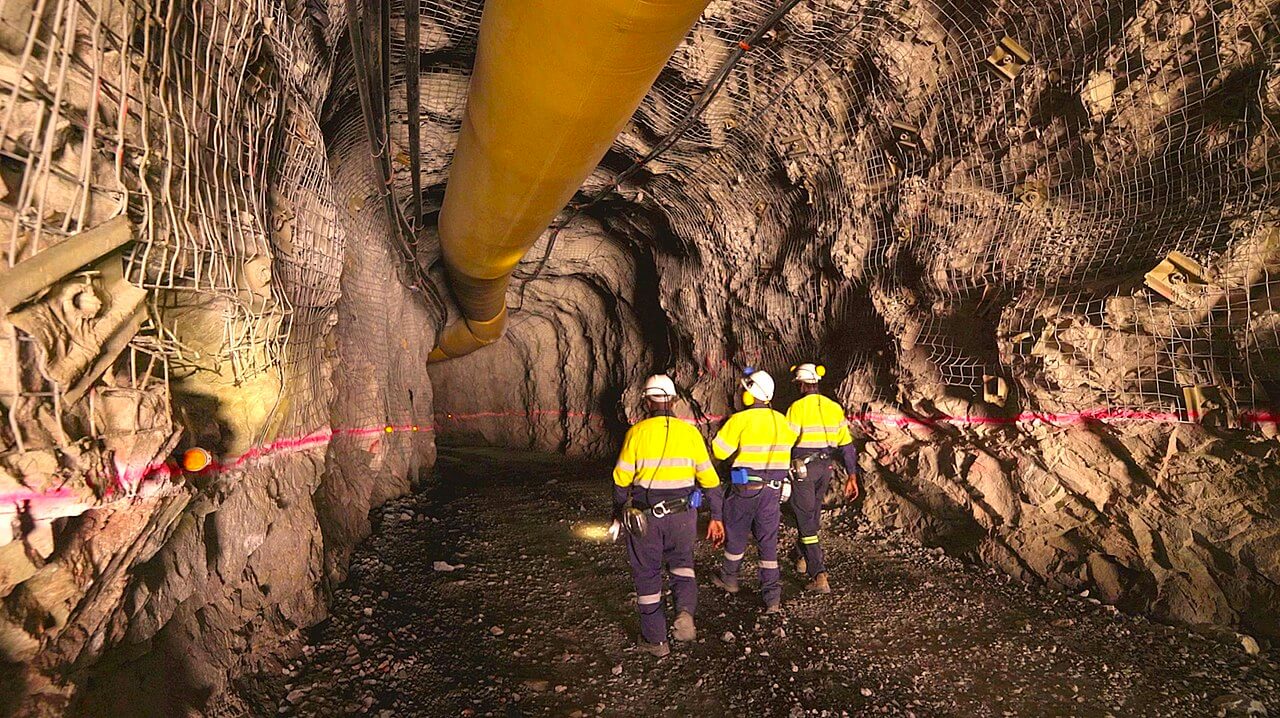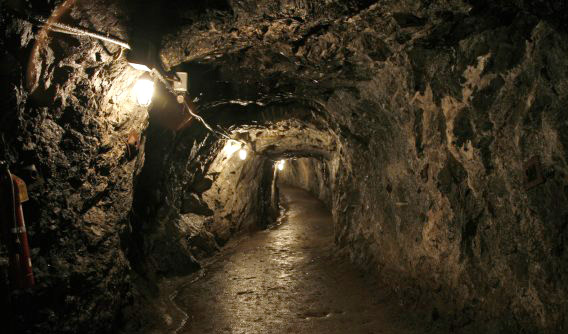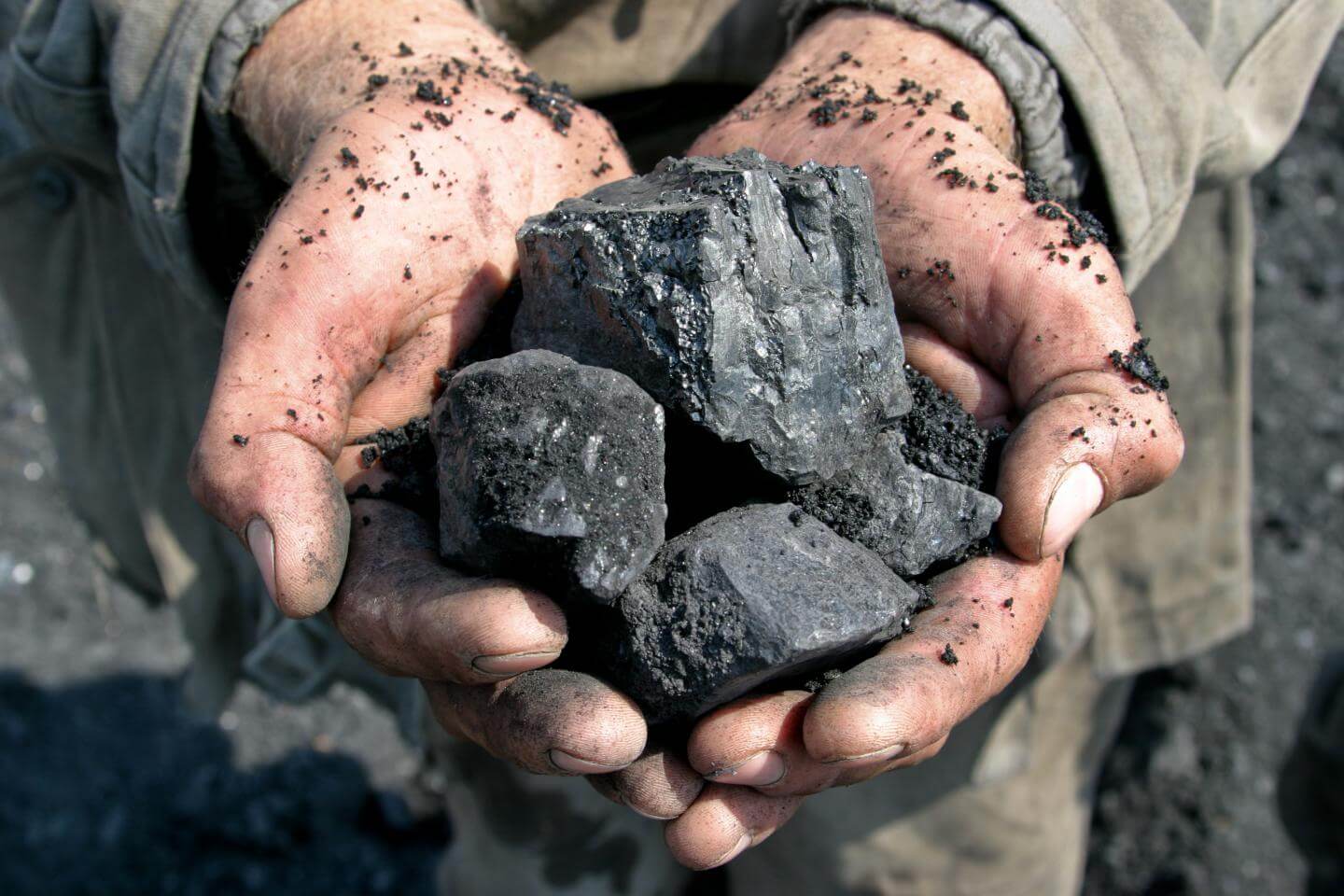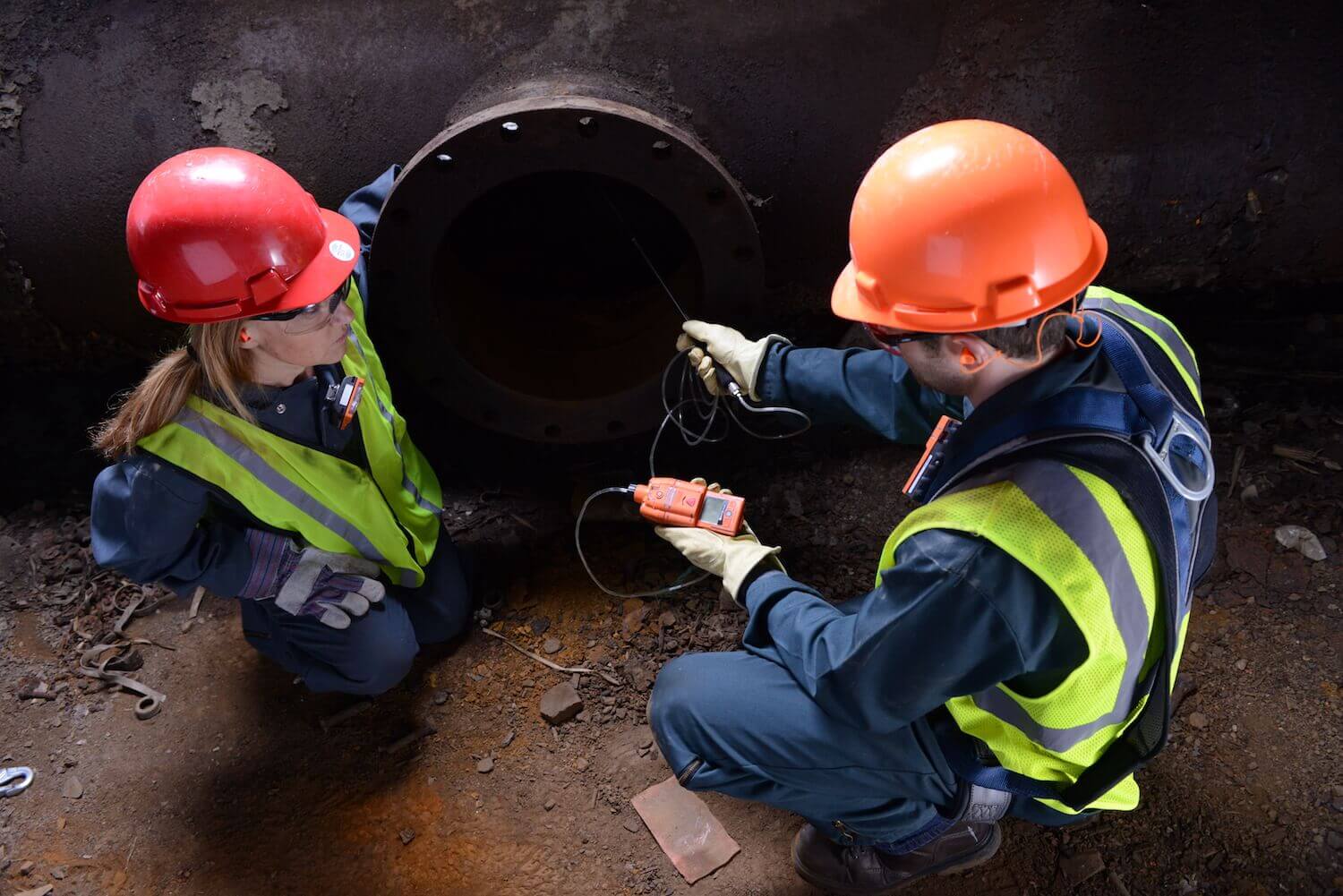Why is the leaky feeder system not working in disaster? The leaky feeder system is a type of communication system that miners use in underground mines, tunnels, and other similar environments. It works to provide a reliable means of communication between workers in these environments and the surface team.
However, despite its effectiveness in many situations, the leaky feeder system may stop working properly during disaster, such as fires or cave-ins. In this blog, we will explore some of the reasons why the leaky feeder system may not work in these situations and discuss some possible solutions.
What is the Leaky Feeder System?
Before we dive into the reasons why the leaky feeder system may not work during disasters, let’s briefly review what the system is and how it works.
The leaky feeder system consists of a series of coaxial cables that are installed throughout an underground mine or tunnel. These cables are designed to transmit radio signals, which are used for communication between workers in the underground environment and the surface team.
The cables are called “leaky” because they are designed to allow a portion of the signal to escape through small openings in the cable’s outer insulation. This allows the signal to be received by handheld radios or other communication devices carried by workers in the underground environment.
Reasons Why Leaky Feeder System is Not Working During Disaster
Despite the many benefits of the leaky feeder system, there are several reasons why it may not work as intended during disasters. Some of the most common reasons include:
- Damage to the Cables: During a disaster, such as a cave-in or explosion, the cables that make up the leaky feeder system may become damaged or severed. Causing the signal disruption or signal loss, making it difficult or impossible for workers in the underground environment to communicate with the surface team.
- Power Failure: The leaky feeder system requires power to function properly. If a power supply disruption or the power fails during a disaster, the system may not work accurately. This can lead to communication issues between workers in the underground environment and the surface team.
- Interference: The leaky feeder system relies on radio signals to transmit communication between workers in the underground environment and the surface team. However, during a disaster, other sources of radio interference may be present, making it difficult or impossible to transmit or receive signals effectively.
Possible Solutions to Leaky Feeder System Failure
While there are several reasons why the leaky feeder system may not work as intended during disasters, there are also several potential solutions to these issues. Some of the most common solutions include:
- Redundant Systems: To prevent communication failures during disasters, many underground mines and tunnels have redundant communication systems in place. This can include backup leaky feeder systems, as well as other communication methods such as Wi-Fi or cellular networks.
- Regular Maintenance: Regular maintenance and inspection of the leaky feeder system can help to identify and address potential issues before they become major problems. This can help to ensure that the system is functioning properly during emergencies.
- Training and Protocols: Workers in underground mines and tunnels should receive regular training on how to use the leaky feeder system and other communication methods effectively. This can help to ensure that they are able to communicate effectively during disasters, even if the leaky feeder system is not functioning properly.
Conclusion
The leaky feeder system is a valuable tool for communication in underground mines, tunnels, and other similar environments. However, during disasters, such as fires or cave-ins, the system may not work as intended. By understanding the potential reasons for system failure and implementing the appropriate solutions, it is possible to ensure that workers in these environments are able to communicate effectively and stay safe during emergencies.
Contact Us Today
If you are responsible for safety in an underground mine or tunnel, you know how critical it is to have reliable communication between workers in the underground environment and the surface team. The leaky feeder system is a valuable tool for achieving this goal, but it is not foolproof. In order to ensure that the leaky feeder system is functioning properly, regular maintenance and inspection are necessary.
At Becker Wholesale Mine Supply, we offer a range of high-quality leaky feeder systems and other mining safety equipment that can help to protect your workers and ensure that your mining operation runs smoothly. Our experienced team can work with you to design and implement a customized communication system that meets the specific needs of your operation.
So if you are looking for a reliable leaky feeder system for your mining operation, look no further than Becker Wholesale Mine Supply. Contact us today to learn more about our products and services, and take the first step towards a safer, more efficient mining operation.



